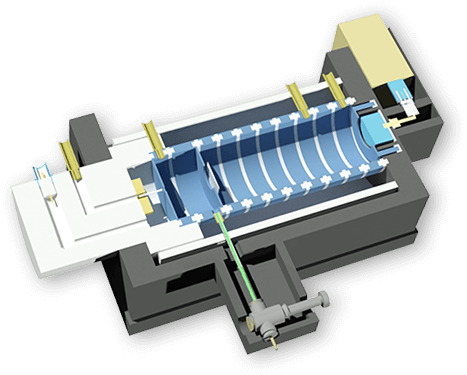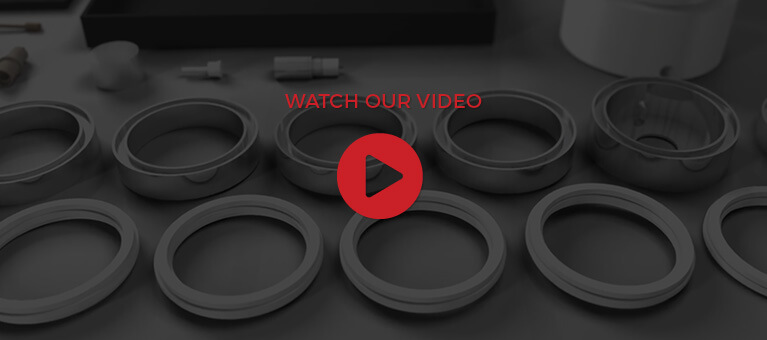Ion Mobility Spectrometry
The Ion Mobility Spectrometry (IMS) is a gas phase analytical technique for detection and identification of chemical compounds. This technique is based on the motion of gaseous ions, driven by a constant electric field, in a supporting gas atmosphere. The ions formed from different substances are selectively detected on the basis of their unique drift times through the IMS drift region.
Ion Mobility Spectrometry Applications
The usefulness of Ion Mobility Spectrometry (IMS) has led to its broad adaptation, with a wide range of applications across the fields of physics, chemistry, biology and medicine. A comprehensive discussion of IMS has been published by Eiceman et al.
Use of Ion Mobility Spectrometry (IMS)
In the past decades, IMS became well-known as an inexpensive detection technique, with high detection limits, analytical flexibility and real-time monitoring capability. IMS has found widespread applications mainly in the civil security and military fields. In the military the technique was used to monitor warfare agents and explosives, in the civil security it was mainly applied to detect explosives and narcotics at ports and airports.
Ion Mobility Spectrometry History
Since 1970, many researchers have been employed in the development and application of the IMS method. In the first papers, the technique was called plasma chromatography and its applications were mainly aimed towards the field of analytical chemistry. These early papers focused on the detection of alcohols, alkyl halides, halogenated aromatics, alkanes, nitrosamines, alkyl acetates, alkyl amines and nitrotoluene compounds.
Current Uses of Ion Mobility Spectrometry
Nowadays, the interest in the field of analytical chemistry has shifted towards the detection and identification of hazardous chemicals, chemical warfare agents (CWAs), toxic gases or vapours, etc. Many factors, such detection limits, response time and matrix interference, play a critical role in determining the suitability of any analytical technique.
IMS Disease and Illness Detection
The monitoring of Volatile Organic Compounds (VOCs) plays an important role in the field of biological and medical application of IMS. Concentration profiles of these volatile metabolites, such as carbonyl sulfide, carbon disulfide and carbon monoxide, in human breath, can be directly correlated to specific diseases. In fact, many diseases and illnesses have already been monitored by IMS analysis of VOCs levels of exhaled human breath.
Screening for COVID-19, SARS-CoV-2, hCoV-NL63, and IAV-H1N1 has also been carried out by IMS breath analysis.
IMS use in Industrial Applications
Ion mobility spectrometry have been put to use in a vast number of industrial applications, including the thermal analysis of wood to identify wood species by IMS, bacterial monitoring and determination for purposes of safety and quality assessment of food production, evaluation of hazardous waste sites, semiconductor industries to perform ultra-trace analysis of volatile organic compounds, purity of polymers and space exploration by IMS.
Ion Mobility Spectrometry Usage Summary
IMS as a sensitive analytical instrument can be applied in a broad range of environmental studies, such as detection of contaminants in water, air and soil. In particular, monitoring of perfluorocarbons, hydrazine, methylhydrazine, naphthalene, chlorinated and fluorinated compounds, gasoline, herbicides and pesticides, etc has been carried out, both tracking their concentrations as environmental pollutants and for other purposes.
Ion mobility measurements are a common method of security screening. Explosives and chemical warfare agents are detectable by IMS analysis. IMS detection of Gram-negative bacteria and bacterial lipids as means of recognizing biological threats has been successfully reported.
The IMS technique also has a variety of forensic applications. First and foremost, drug detection in solid-phase samples saliva, urine, sweat, hair have been investigated. Another application, however, is assaying the presence of flammable liquids in fire debris .

